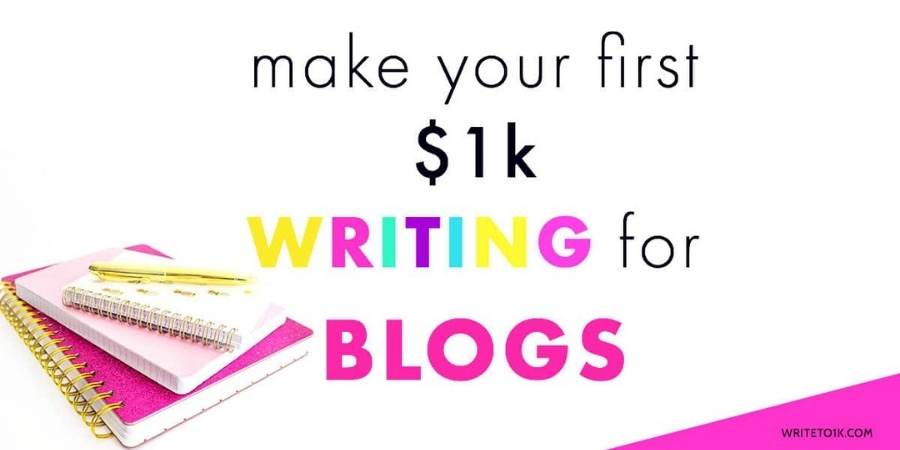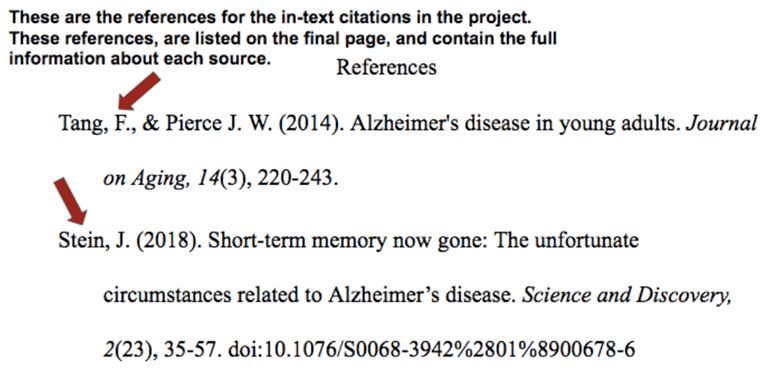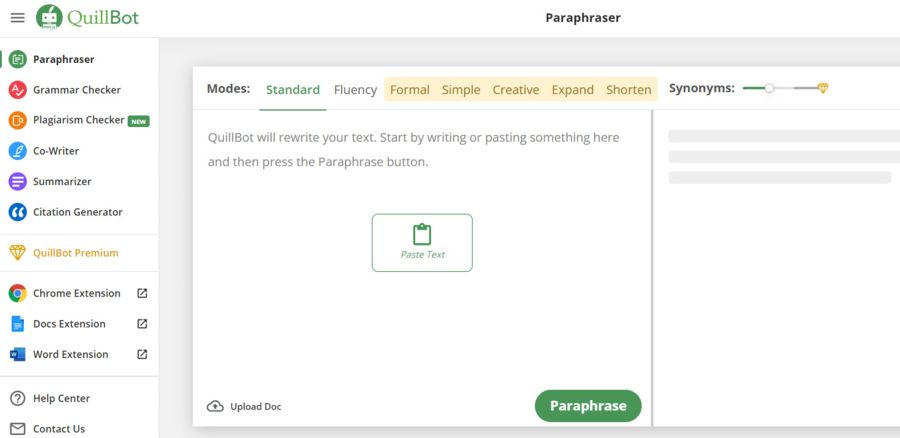What are the steps for writing a blog post? Learn how to write high-quality blog posts even if you’ve never written blog content before.
It’s no secret that blogging is big business. In fact, 70% of people prefer to learn about companies from blog posts, and over 2 million blog posts are published every day.
According to Orbit Media, creating quality content consistently is one of the biggest challenges that bloggers face. The best blog posts are well-written, informative, and engaging for readers.
Professional writers write high-quality blog articles day in and day out, and their quality seldom wanes. How do they keep writing high-quality blog posts without diminishing the quality of their work?
Would you like to learn how to write high-quality blog posts professionally? When it comes to writing blog content, quality is key. Writing a blog post also requires an understanding of certain key elements and a knack for writing.
If you want to be a professional freelance writer, you need to learn how to write blog posts that capture attention, build interest, initiate conversation, and offer solutions to problems.
In this Blog Post Writing course, you’ll learn how to write and publish captivating blog posts for your target audience, and how to write, optimize, proofread, edit, and publish blog posts that encourage your site visitors to become paying clients.
You’ll also learn how to create a content calendar and track your analytics for professional insights into how well your posts are doing. With this complete guide to blog post writing, you can look forward to making more sales with proven strategies that will lure readers to your website.
Putting all these ingredients in a blog post recipe might sound like a challenge. In this guide, we’ll share some tips on how to write high-quality blog posts that will keep your readers coming back for more.
Contents
10 Steps To Writing High-Quality Blog Posts
So, how do you make sure your blog article stands out from the crowd? You do that by writing high-quality blog posts that engage your audience and provide value. Here are some tips to do that:
#1. Choose a topic that you’re passionate about
When you have passion for your subject, it shows in your writing. Your prose will flow easily and smoothly and your readers will feel your passion come through.
As professional writers, we may not feel as passionately about each and every one of the content writing topics that we write about, but we’re passionate about writing in general, and about doing a good job, and that’s what shows in our writing.
#2. Do your research & gather information
First, start by doing your research. Find out what your audience wants to read about and provide them with information that is relevant and useful. Know your topic inside and out.
My favorite go-to for researching a blog topic is doing SEO keyword research to help me find the keywords and topics that my audience is searching for.
Keywords are the lifeblood of any successful blogging campaign and understanding how they work will help you create SEO-friendly blog articles with maximum impact.
It’s easier than ever to create high-quality blog posts with interesting information on any topic by using SEO content writing tools to quickly and easily help me find the keywords that my audience is searching for.
However, using a keyword in your text is only half the battle; it’s important to know what exactly we’re trying to say when someone searches for this term or phrase online (the search intent).
Understanding how people search and choose keywords accordingly will help you create high-quality SEO blog posts with greater SEO potential for ranking in Google.
#3. Plan your blog posts before you start writing
When it comes to writing, planning is key! To be a successful writer, you need to plan out your article before starting.
This will help with not only the flow of writing but also avoiding any unintended mistakes that can ruin an otherwise perfect piece.
Research your topic thoroughly and plan out how you want the article structured before starting. This way there won’t be any surprises when all of those ideas come flowing in during composing or editing sessions.
Here are some free AI writing tools and blog post templates you can use to write an article outline:
- Surfer’s Free AI Article Outline Generator is an easy-to-use article outline generator that relies on AI to help you generate an outline with unique paragraphs in just 3 simple steps.
- Hubspot’s Free Blog Post Templates will help you save time creating blog posts so you’ll never have to start the blogging process from scratch. All you need to do is fill in the blanks of these 6 popular blog topic templates to get you past writer’s block.
#4. Write a catchy headline that will draw in readers
A catchy headline will go a long way in capturing the attention of your target audience and increasing click-throughs from search results pages. We all know that a good headline is half the battle, but how do you create one?
When writing attention-grabbing headlines remember that it’s not about what you offer, it’s how well your customers know themselves. So get to know them and find out what their pain points are before you start writing.
A study found that using a colon or hyphen in the title — indicating a subtitle — performed 9% better than headlines without. You can also try using numbers and questions for increased intrigue.
#5. Start with a strong introduction
Your blog post’s introductory paragraph or “lede” is the second thing your website visitors read, after the headline.
If your intro does not promise what they’re looking for or does not match the promise in the headline, your readers won’t even bother scrolling down.
To create an interesting lead paragraph that will hook your readers and keep them engaged, write an introduction that will make them want to read more.
Your headline and intro should complement each other and resonate with your reader. Keep your intro short and attention-grabbing. Reiterate the promise you made in your headline and get to the point quickly.
#6. Structure your content for readability
Once the intro and headline of your blog article are done, you need to flesh out the rest of the post. If you’re talking about a complicated subject, explain it first.
Make sure your blog article is well-organized and structure your blog content in a logical, easy-to-read manner. Write in a clear, conversational manner and follow these best practices for writing for the web.
Your blog content should be crisp, precise, and simple. If a sentence exceeds 15 words, try splitting it into two sentences. Learning how to write clearly and concisely will help you improve your readability and keep your readers more engaged.
Break up your blog posts into short paragraphs (three sentences at most) with headers and sub-headers. Break up the monotony of the text with relevant images and videos.
For example, if you want to write about writing an SEO blog, the structure might look something like this:
- H1/Title: How To Write an SEO Blog In 10 Steps
- Intro
- H2: What Is an SEO Blog?
- H2: Writing an SEO Blog Step-By-Step
- H3: Step #1
- H3: Step #2 etc.
The headline offers a 10-step process for writing an SEO blog, and the first H2 explains what is an SEO blog. The second H2 dives deeper into it by putting all the steps in H3 subheaders.
So, H2 and H3 are where you will lean into the subject. To summarize the blog, you could write a conclusion in H2. Don’t forget to add appropriate SEO keywords in your Title, Meta Descriptions, Headers, and Images for search engine crawlers to index.
To write high-quality blog posts, you need to be a good conversationalist. Readers online prefer to read blogs that help them understand complicated things quickly.
#7. Use references to add credibility
You can gain credibility by following the rules of journalism ethics and referencing established blogs or research articles, especially when quoting facts or statistics.
For instance, providing statistics from a reputable blog (as I did in my introduction above) will increase your blog post’s credibility and authority. It will mark your blog as informative because it includes quotes and citations from all sources used.
QuillBot’s Free Citation Generator Tool is a fast and easy way to make citations for your essays, presentations, and documents, and easily create APA, MLA, and Chicago style full and in-text citations in a snap.
So, make it a point to add quotes, cite your sources to add credibility, and use strong and persuasive arguments to back up your facts. Use statistics and active voice, instead of passive voice and examples.
#8. Wrap it up well
Even though few people are likely to scroll all the way to the bottom of your blog posts, it’s a good practice to wrap them up with a conclusion. You can use these AI writing generator tools to write a unique blog conclusion for your blog post.
You can reiterate the promise you started the blog with and explain how you fulfilled that promise. The concluding sentences are also a good place to include your SEO keywords.
#9. Proofread for plagiarism & grammar
Once you finish writing, make sure you edit and proofread your work carefully before publishing it. Not only to fix grammatical errors but also any readability issues and to ensure it’s error-free.
You can use QuillBot’s free online grammar checker tool to polish your written work quickly and easily and perfect your English by reviewing your writing for grammar, spelling, and punctuation errors.
Ensure you check for plagiarism in your work. While most blogs contain 4% to 5% plagiarism, a 100% original blog will naturally rank higher. So, rid it of any unwanted plagiarism before you move forward.
QuillBot’s Plagiarism Checker will scan your document for unintentional plagiarism against billions of sources and analyze whether any section of your text did not properly attribute authorship to content already published on the web or in books, research papers, academic papers, or news sources.
QuillBot’s Paraphrase tool helps you write and rewrite for plagiarism better, faster, and clearer, to enhance any sentence, paragraph, or article using state-of-the-art AI.
#10. Have a plan to promote your blog posts
“Publish and pray” is not a good approach to getting traffic to that high-quality blog post you just spent so much time and effort on. Famous bloggers spend more time promoting their content than writing blogs and articles.
While most bloggers share their blogs on social media networks, thinking about how you plan to promote your blog is an important step to getting eyeballs on it. Most bloggers tend to overlook this step.
If promoting your blog posts is not something you want to spend time on, you can outsource your SEO link-building or get a freelancer to write guest blogs linking back to your high-quality blog posts.
You can also repurpose your blog posts into podcasts or videos and embed them in the original post. I hope you found this recipe for writing high-quality blog posts useful in improving your own Blog Post Writing course.
Just remember, it’s not about writing the perfect blog posts. So, don’t get hung up on perfection in writing. You want to write blog posts that are useful and engaging and that readers want to read, share, and link to.
In Freelance Blogging in a Weekend, you’ll learn how to do blogging for money, whether you’re writing for clients or for your own blog. This course is a step-by-step guide to blog writing for businesses and is ideal for those who want to become freelance bloggers and write blogs for clients.
You’ll learn about blogging as a marketing strategy, how to write conversational blog posts for easy reading, how to find blog topics that rank easily, how to generate the perfect headline and CTA for your clients, and how to fix your writing for better engagement, learn about freelance blogging rates and more.
© 2022 – 2024, Priya Florence Shah. All rights reserved.
Priya Florence Shah is a bestselling author and an award-winning blogger. Check out her book on emotional self-care for women. Priya writes short stories and poetry and chills with her two-legged and four-legged kids in her spare time.
Discover more from Business & Branding Tips
Subscribe to get the latest posts sent to your email.










